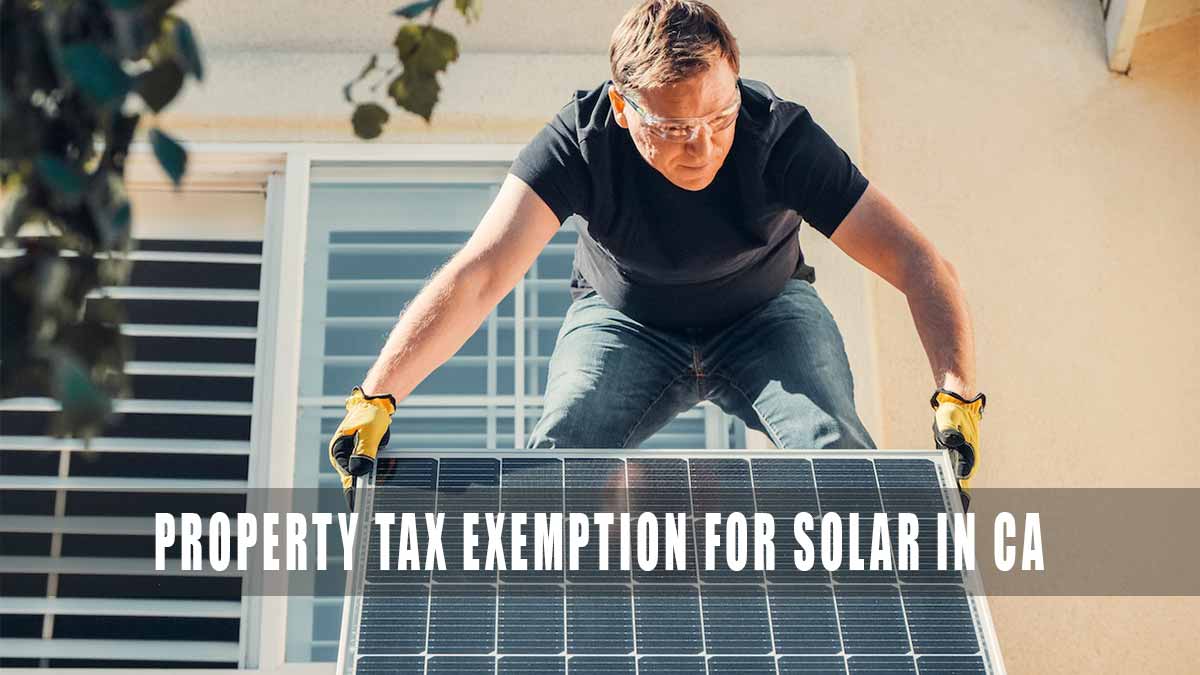Property tax exemption is a way to promote solar projects. It helps businesses to invest in the solar project. It will benefit especially small business owners who are planning to start Solar.
Most of the benefits for the future development. Today’s concerns can make deep and effective changes. However, it is for the business owners to plan their financial planning.
California’s Active Property Tax Exemption for Solar Projects
In the vibrant landscape of California, where innovation and sustainability go hand in hand, the state’s property tax exemption for solar projects has become a focal point of both support and debate.
This active tax exemption, geared towards encouraging renewable energy initiatives, has undergone several extensions since its inception in the 1980s.
It is recognized as a catalyst in the growth of the solar industry. It has also raised legitimate concerns about its economic impact.
Fueling Solar Growth
California’s proactive stance on environmental preservation and clean energy has translated into a series of policies that support the proliferation of solar projects. At the forefront is the property tax exemption, which rewards solar projects that are operational by the end of 2026.
Under this exemption, these projects are spared from property tax obligations until there is a transfer of control. Essentially acknowledging their role in promoting a greener future.
Extension Saga
Originally slated to conclude at the end of 2024, the property tax exemption for solar projects has been granted multiple extensions, indicating the state’s commitment to nurturing the renewable energy sector.
Governor Gavin Newsom, recognizing the significance of this incentive, signed S.B. 1340 on September 18 to prolong the exemption.
However, his move came with a plea for legislators to thoughtfully evaluate its impact on local tax revenues before considering further extensions.
Community Concerns
Despite its green-friendly objectives, the property tax exemption hasn’t escaped criticism. Kern County raised a key concern. They Point out that the exemption’s financial relief to well-established solar companies essentially transfers the burden of public services onto other property owners.
This debate highlights the delicate balance between fostering sustainable practices and maintaining equitable tax systems within local communities.
The Tax Framework
Rooted in the California constitution, the property tax framework caps real property taxes at 1% of the property’s value from 1975 or the value post-recent construction. This value is limited to a maximum of 2%. Further, it will adjusted annually for inflation.
A shift in ownership triggers a reassessment based on the property’s current value, ensuring that tax assessments remain up-to-date and reflective of market changes.
Navigating the “Change in Control”
A central theme in the property tax exemption’s implementation is the concept of “change in control.” The exemption remains in effect until there is a transfer of control following the initial construction.
This becomes a pivotal consideration in merger and acquisition transactions involving California solar projects.
The state’s focus is on discerning whether a party gains control in the transaction, rather than who is losing it.
Conclusion
California’s property tax exemption for solar projects serves as a testament to the state’s determination to lead in sustainable energy practices. The government created this environment to encourage solar projects. So that the state drives growth in the renewable energy sector.
However, the impact of the exemption on local tax revenues and the potential to shift financial burdens are essential aspects that must be carefully considered.
As California continues its green journey, striking the right balance between fostering innovation and ensuring equitable taxation remains a challenge worth addressing.


